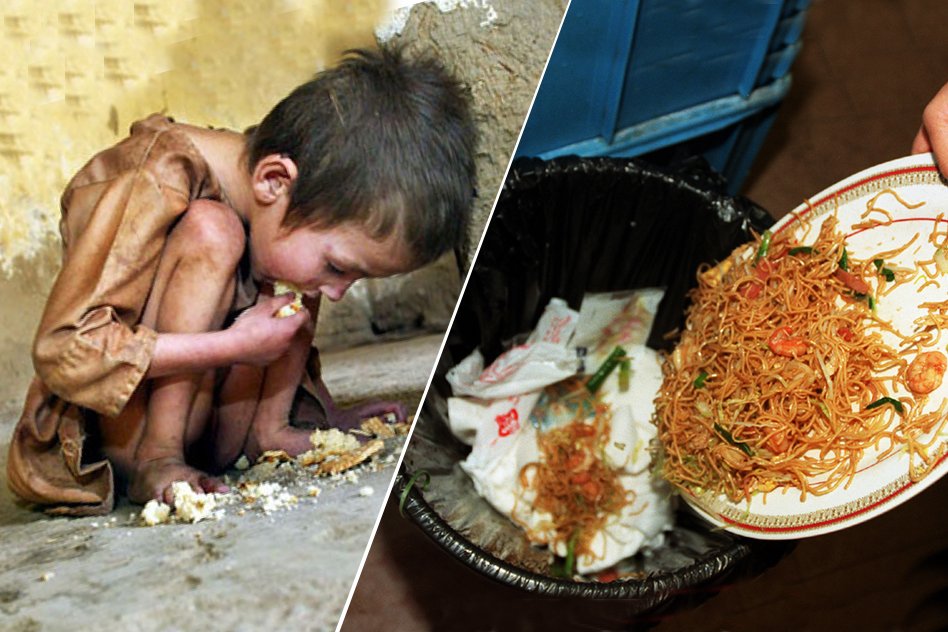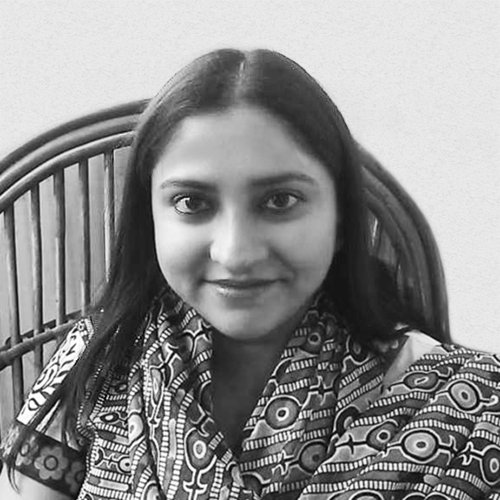
An Uncertain Glory; India And Its Contradictions
4 April 2016 9:15 AM GMT
Editor : Richa Verma Verma
I have done my graduation and post graduation in English Literature from Miranda House, Delhi University. Writing is my passion and I believe words have immense power which can shape the thoughts of an individual as well as the nation.
About the authors: Jean Drèze was born in Belgium in 1959 and acquired Indian citizenship later on. Currently, an Honorary Professor at the Delhi School of Economics and Visiting Professor at the Department of Economics, Ranchi University, he has been a member of the National Advisory Council of India in both first and second terms. Some of his other books include Hunger and Public Action (1989), India: Development and Participation (2002). Amartya Kumar Sen (born 1933) is known for his Nobel Memorial Prize in Economics Sciences in 1998 for his contribution to welfare economics, Bharat Ratna in 1999, and Charleston-EFG John Maynard Keynes Prize in February 2015 during a reception at the Royal Academy in the UK. Currently, he is a Professor at the Thomas W Lamont University. Both Drèze and Amartya Sen have been pioneers of research in welfare development and economics.
The book: An Uncertain Glory; India and its Contradictions ( Published August 11th 2013 by Princeton University Press) is a joint work of the two eminent scholars which highlights the fissures in the glorified development story of India since Independence. It critically examines the challenges facing the third largest economy in the world and the second largest in Asia. At the same time, it maintains a hope that those gaps can be filled if efforts are sincere. It featured on the list of Bloomberg/Businessweek Best Books of 2013, selected by Edmund Phelps.
Story of India’s economic success is complete India is a heterogeneous country with many divides like caste, religion, gender, region and language. These are often flabbergasting for tourists, visitors and researchers working on India. However, what takes a backseat in these discussions is the level of income disparity. Since the colonial era, India’s poor have been hard to ignore, but since Independence the staggering divide between the haves and have-nots has been increasing. The “resilient division” between the opulent few ( for example, according to Global Wealth Databook, 2014, India’s richest 10% holds 370 times the share of wealth that it’s poorest possess) is regarded as India’s biggest challenge, which is seldom highlighted when talking about the “shining India”. Unless there is social justice and income inequality, the story of India’s economic success cannot be complete. The scholars reiterate the difference between economic growth which is defined as rising aggregate income levels and economic development which refers to overall improvement in the average citizen’s standard of living. They are skeptical about the logic behind laissez faire that espouses the trickle-down of growth from top to bottom. While many of India’s problems like poverty, economic and gender inequality or illiteracy is colonial legacies, little was done through immediate post-independence policies to address them adequately. Illiteracy persisted, agriculture was neglected and rural development was ignored. Neoliberal policies were implemented since 1999 which aimed to mutate the economy into one with the buoyant private sector. There was to be a greater role for foreign trade and investment and that was the crux of over-optimism in trickle-down economy.
Growing Inequality The economic growth rate indeed increased substantially and gave the right options to skilled and qualified people which in turn led to accumulation of wealth in the hands of few. The middle class, who constituted the top 20% or so, got better living conditions. At the same time there was political apathy towards using the resources to improve public education, healthcare, nutrition, social facilities and so on. The vast majority or population in the unorganized sector does not have “the basic requirements of a dignified life”, which violates “the demands of social justice, which is integrally linked with the expansion of human freedoms”. The authors state data formerly overlooked which paint a grim picture of India’s growth story – “India is not doing well at all in many respects even in comparison with some of the poorest countries in the world” outside of sub-Saharan Africa and even in South Asia. It is ahead of its neighbours in terms of per capita income. However, when it comes to economic development it surpasses only Pakistan. There has been steady increase in the commercialization of education, health and infrastructure and gradual curtailing of public sector which is regarded as the cure for inadequate services by the public sector. However, Dreze and Sen consider it a “misreading of the conclusions of mainstream economics.” According to them free play of markets cannot cure the illness in these sectors and government intervention is essential. At the same time, they are against promoting “market phobia” which can lead to loopholes such as free healthcare for the rich in Canada. They are in favour of the crucial role of the government in providing public services so as “to ensure solid foundation of human development.” Dreze and Sen also discuss about corruption, lack of accountability and education at higher level to be the dividing line between the middle classes and the masses. Despite the Right to Education, the quality delivery of education in order to instill values like opposition to bribery is imperative for proper economic development.
The poorer half of India (who) are not much better, if at all, than in the poorer half of Africa. In order to bring home their message to the readers and policy makers, they use examples from international as well as local levels. They talk about economies in Europe, Latin America, East Asia, Bangladesh, and Sri Lanka which have transitioned to high levels of human development through prudent government intervention. They also provide instances of Kerala, Tamil Nadu or Himachal Pradesh which provide public services such as education and have taken steps to reduce historical inequalities like case. This is in stark contrast to states such as Bihar, Jharkhand, Chhattisgarh, Odisha, Rajasthan and Madhya Pradesh where most of the “…the poorer half of India (who) are not much better, if at all, than in the poorer half of Africa” live. Besides, other factors which hinder economic development, like environmental degradation, caste-cased oppression and unequal treatment of women at the hands of patriarchy are also listed. The latter take the form as various as female foeticide, gang rapes, lack of education, dowry deaths, etc. Addressing these problems require not only academic achievements but also a change in the social mindset working towards dispelling of patriarchal framework. At the crux of these solutions is stressed the need “to make much greater use of the democratic system.” From selection of proper public representatives from various political parties, secure gender justice, corruption-free society, vigilant middle class, a largely free press which moulds logical public reasoning and the ability to sustain the process of democracy amidst poverty, a plethora of measures will help in translating political and economic democracy into social democracy. In their optimism they reiterate the possibility of achieving an all-round development of India. Thus, the onus of making India a true democracy “of the people, by the people and for the people” depends on each one of us.
 All section
All section













